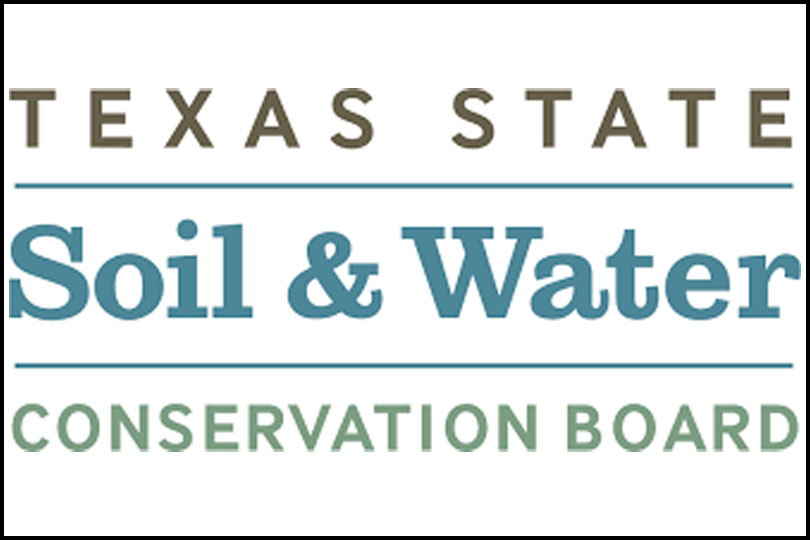By Justin Walker
Communications Specialist
Texas State Soil and Water Conservation Board (TSSWCB) is set to receive funding to repair and rehabilitate flood control structures across Texas.
Gov. Greg Abbott signed SB 8 on June 6 giving TSSWCB $150 million in appropriations to protect the state’s infrastructure, private property and lives. The funds will be administered to local sponsors of Flood Control Dams, including Soil and Water Conservation Districts (SWCDs).
“The primary purpose of these Flood Control Dams is to protect lives and property by reducing the velocity of floodwaters, thereby reducing flows to a safer rate,” Barry Mahler, TSSWCB chairman, said.
Flooding issues across the state were also addressed by SB 8, which creates the first state flood plan. TSSWCB, in cooperation with the Texas Water Development Board, will incorporate earthen dams for flood mitigation strategies. This is part of a 10-year plan to have all high-hazard dams meeting high-hazard safety standards.
“The funding of the earthen dam program is a responsible and proactive measure to ensuring the safety of the citizens of the state as we continue to grow into areas which once had little development,” Sen. Charles Perry, author of the bill, said.
There are currently 2,041 dams in Texas originally built by the United States Department of Agriculture Natural Resources Conservation Service
They are operated and maintained by local sponsors. These sponsors include SWCDs, cities, counties, water control improvement districts, river authorities and other special purpose districts.
“TSSWCB recognizes the monumental importance in the upkeep of flood control structures and is proud that the Legislature chose to make a significant investment to safeguard a critical element of the state’s infrastructure,” Rex Isom, TSSWCB executive director and current chairman of the National Watershed Coalition, said.
Of these dams, 622 are classified as high hazard, which means there is a potential loss of life if the dam fails. Only 123 of those dams currently meet high hazard criteria.
It will take more than $1.5 billion to rehabilitate and upgrade the remaining 499 dams to meet safety standards.

